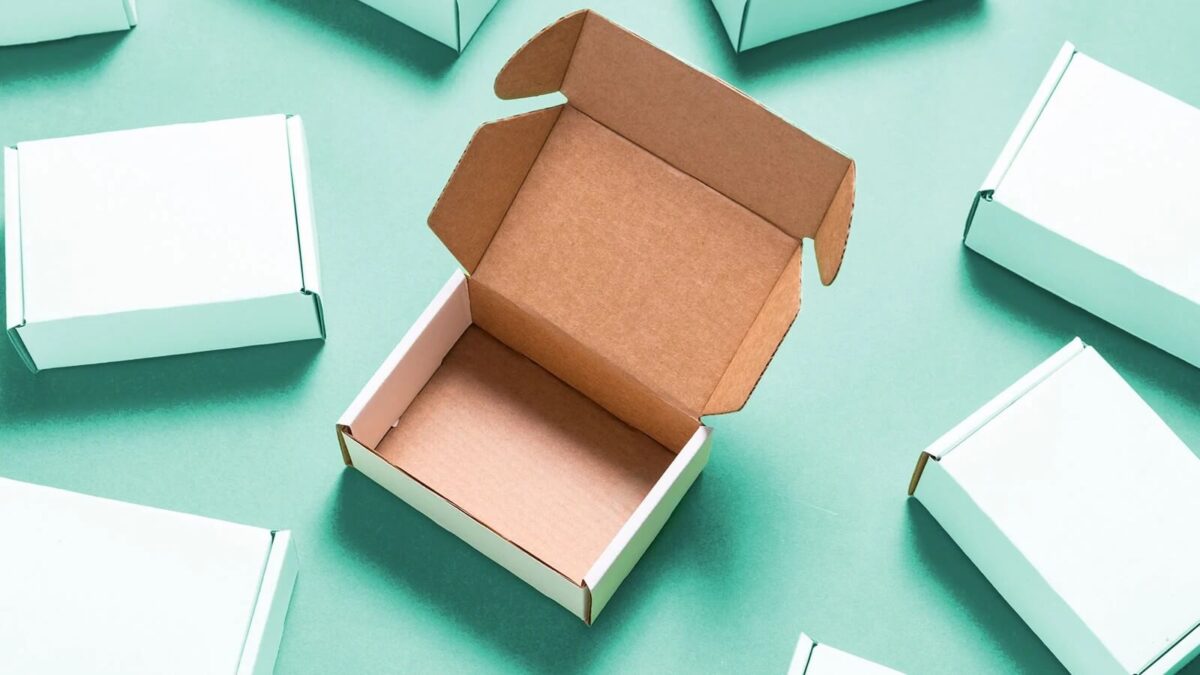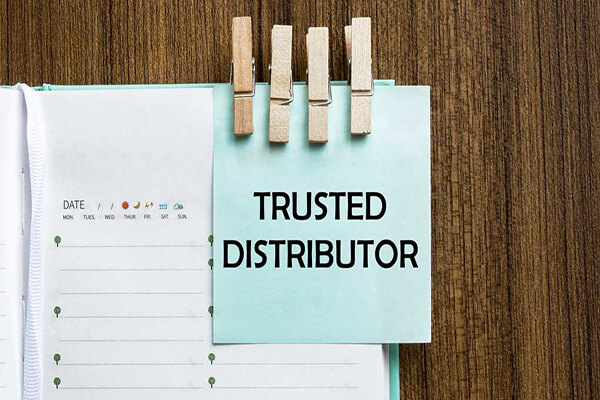A cornerstone of secondary packaging is the paperboard folding carton, folding cartons are made by special folding carton-making machines. Paperboard stock is specifically formulated to crease easily and some stocks are purchased for their crack resistance properties. The most significant advantage of folding cartons is that they can be shipped flat and then assembled upon arrival, making them an incredibly space-efficient alternative to packaging that must be fully constructed. In today’s guide, we will explore the production process of folding cartons. Read on for more information.
1. Folding carton manufacturing steps
Once a design has been decided upon, it’s all about your packaging supplier and their process for taking your folding carton packaging design from concept into reality. Here’s what the typical process looks like:

1)Die tangent and plate layout
Die-lines are the 2D flat version of what will become the final 3D folding carton. Die lines will show where die-cutting, folding and gluing will occur and will also show where artwork is positioned for printing.
In offset-sheet fed production, die-lines are then used by pre-press departments to build the ‘sheet layout’.
Depending on the size of the sheet, the number of versions and/or pieces for that specific package, the maximum number that can be put ‘up on the sheet’ will be configured.
2)Paper and printing
Before the paperboard can be run through the press, it needs to be sheeted. Paperboard typically arrives from the supplier in a large roll, and sheeting is the process by which these rolls are cut into sheets of paperboard to be fed into the press. During this stage, folding carton manufacturers will ensure the grain is running in the direction that will be most effective.
Once the sheets are fed into the press, the imagery and artwork are printed onto the sheets using the sheet layout. During the print process, many ink and coating units will be used to apply color, innovative textures, and other visual effects.
3)Post-press processing
At this point, any remaining visual effects such as hot foils or emboss/debossing will be done post-press using hot foil stampers and emboss/deboss machines. These effects further ‘dress the sheet’ while it is still in its flat form.
4)Die-cutting
After the printing and post-press processes are complete, it is time for die-cutting. The die is an elaborate, powerful cookie cutter used to cut many duplicates of the layout out of a sheet of paperboard and to minimize waste. In addition to steel knives to cut along edges, the die will also have rounded protrusions to create the creases that will allow for easy folding where necessary. When the individual cartons have been cut out of the original sheet, folding carton manufacturers separate and recycle the remaining stripped paper to form new paperboard.
5)Folding/bonding
With die-cutting complete, it is time to move to folding and gluing where the flat, die-cut pieces will be fed for folding, pre-breaking, and gluing. Some folding cartons require transparent windows through which the product can be seen, and these windows can often be applied ‘in-line’ during folding/gluing.
The goal is to do as many of these operations in the fewest ‘passes’ and to end up with a flat, folded/glued package that can be ‘racked’ and ‘fulfilled’ with the actual product.

2. Conclusion
Above is the manufacturing process of our folded carton, do you want to make the ideal folded carton a reality? Contact your carton manufacturer.





Leave A Comment